Search
Remove Ads
Advertisement
Summary 
Loading AI-generated summary based on World History Encyclopedia articles ...
Search Results
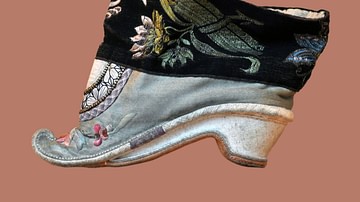
Definition
Foot-Binding
Foot-binding was a practice first carried out on young girls in Tang Dynasty China to restrict their normal growth and make their feet as small as possible. Considered an attractive quality, the effects of foot-binding were painful and permanent...
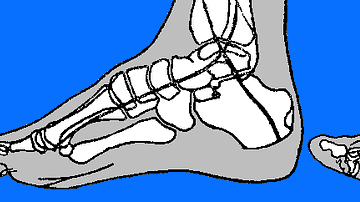
Image
The Effects of Foot-binding on the Foot Bones
A diagram showing the effect on the bones of the foot from the ancient Chinese practice of foot-binding.
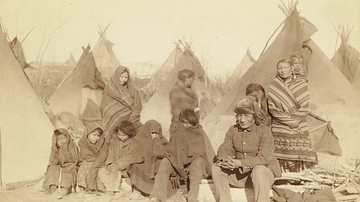
Image
What's Left of Big Foot's Band - Wounded Knee Massacre Survivors
Photo known as "What's Left of Big Foot's Band" by John C. H. Grabill, January 1891, showing the surviving members of the people of Lakota Sioux Chief Spotted Elk (also known as Big Foot, l. 1826-1890) after the Wounded Knee Massacre of 29...

Image
British Grenadier, 40th Regiment of Foot, 1767
A British grenadier from the 40th Regiment of Foot circa 1767. Published in the Historical Records of the 40th (2nd Somersetshire) Regiment by R. H. Raymond Smythies, 1894.

Image
Chinese Shoe for a Bound Foot
A Chinese silk shoe designed to be worn by a woman with bound-feet. 18th century CE. (Musées du château des Rohan, Musée Louise Weiss, Saverne, France)
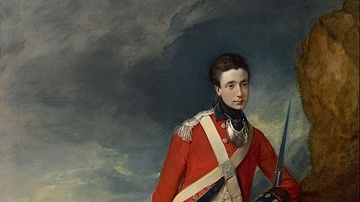
Image
An Officer of the 4th Regiment of Foot, 1776-1780
An Officer of the 4th Regiment of Foot, 1776-1780 by English portrait painter Thomas Gainsborough (l. c. 1727-1788), presently in the National Gallery of Victoria, Melbourne, Australia. Typical of portraits of the time which frequently featured...
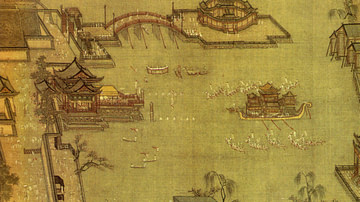
Definition
Song Dynasty
The Song (aka Sung) dynasty ruled China from 960 to 1279 CE with the reign split into two periods: the Northern Song (960-1125 CE) and Southern Song (1125-1279 CE). The Northern Song ruled a largely united China from their capital at Kaifeng...

Definition
Tang Dynasty
The Tang Dynasty (618-907 CE) was one of the greatest in Imperial Chinese history. It was a golden age of reform and cultural advancement which lay the foundation for policies which are still observed in China today. The second emperor, Taizong...
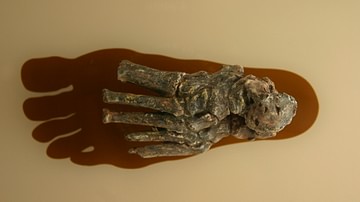
Image
Homo Habilis Foot with Crocodile Bite Marks
Foot of a Homo habilis individual designated OH 8, found at Olduvai Gorge in Tanzania by Louis and Mary Leakey, probably dating to around 1.8 million years ago. The bones show extensive damage caused by a crocodile – in fact, the whole foot...
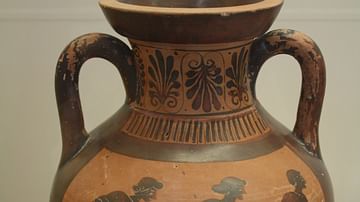
Image
Greek Foot Race
Attic black-figure column crater depicting a foot race (510-500 BCE). Olympia Archaeological Museum.